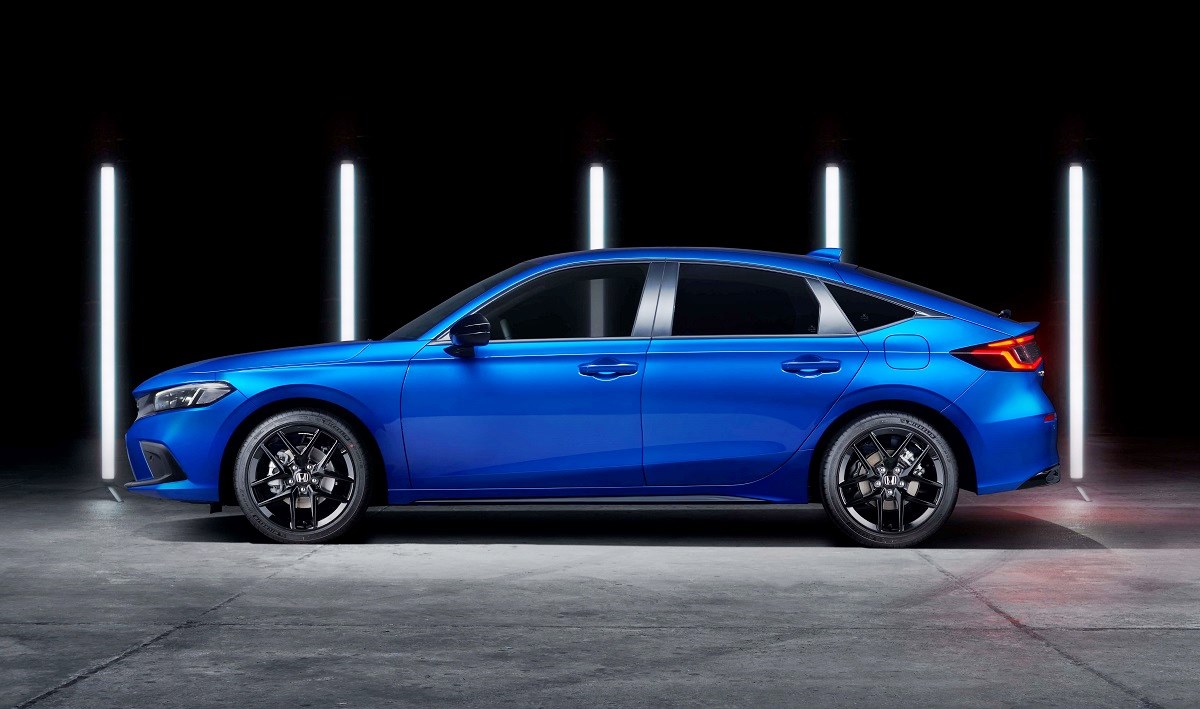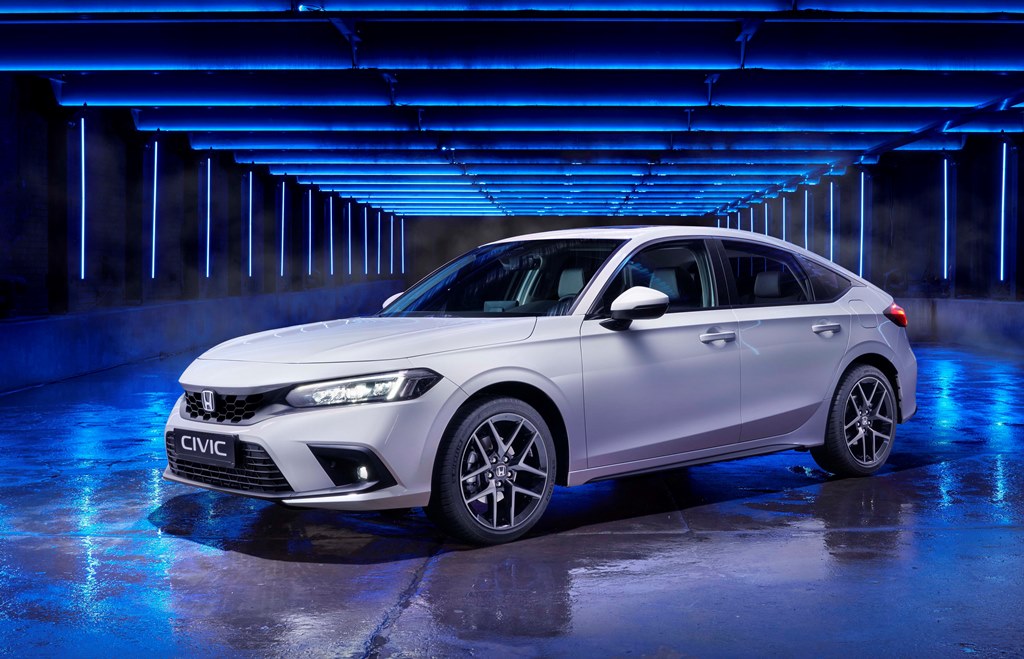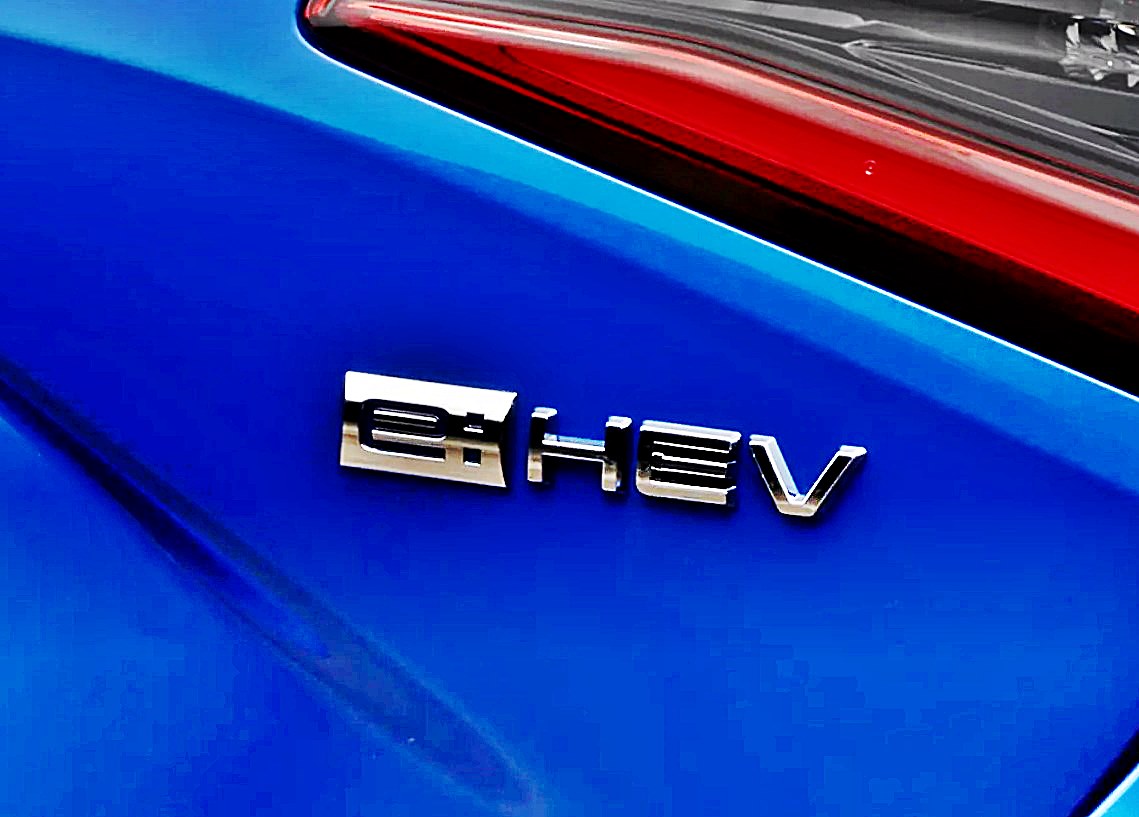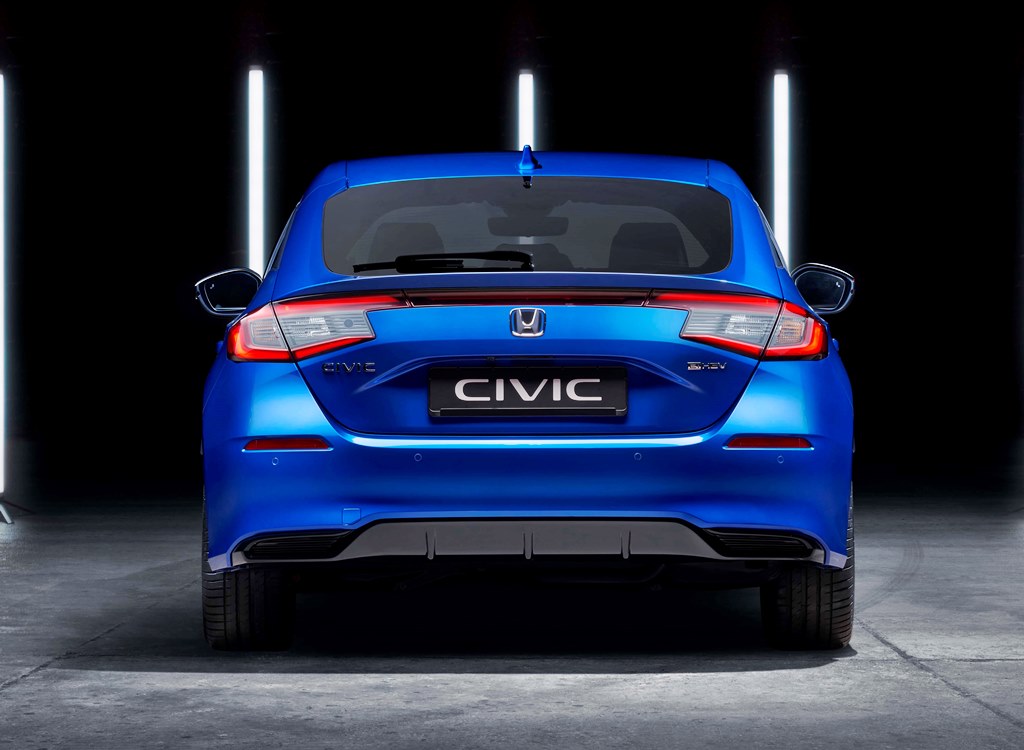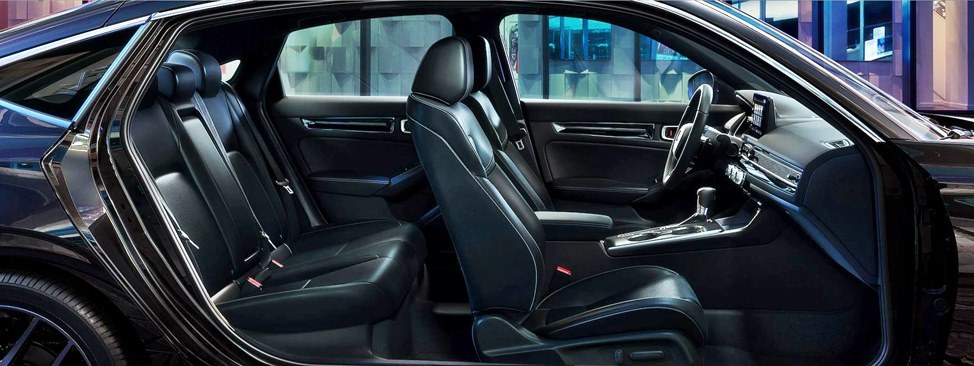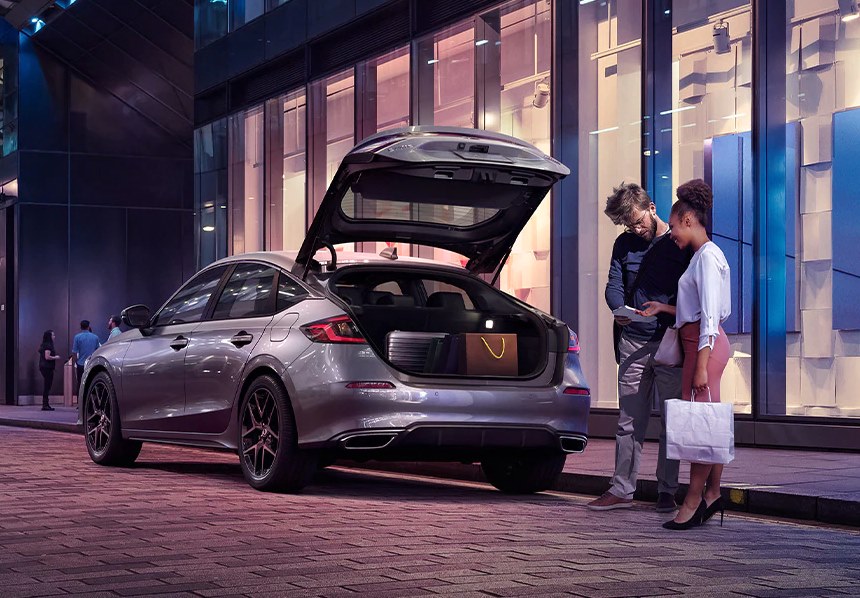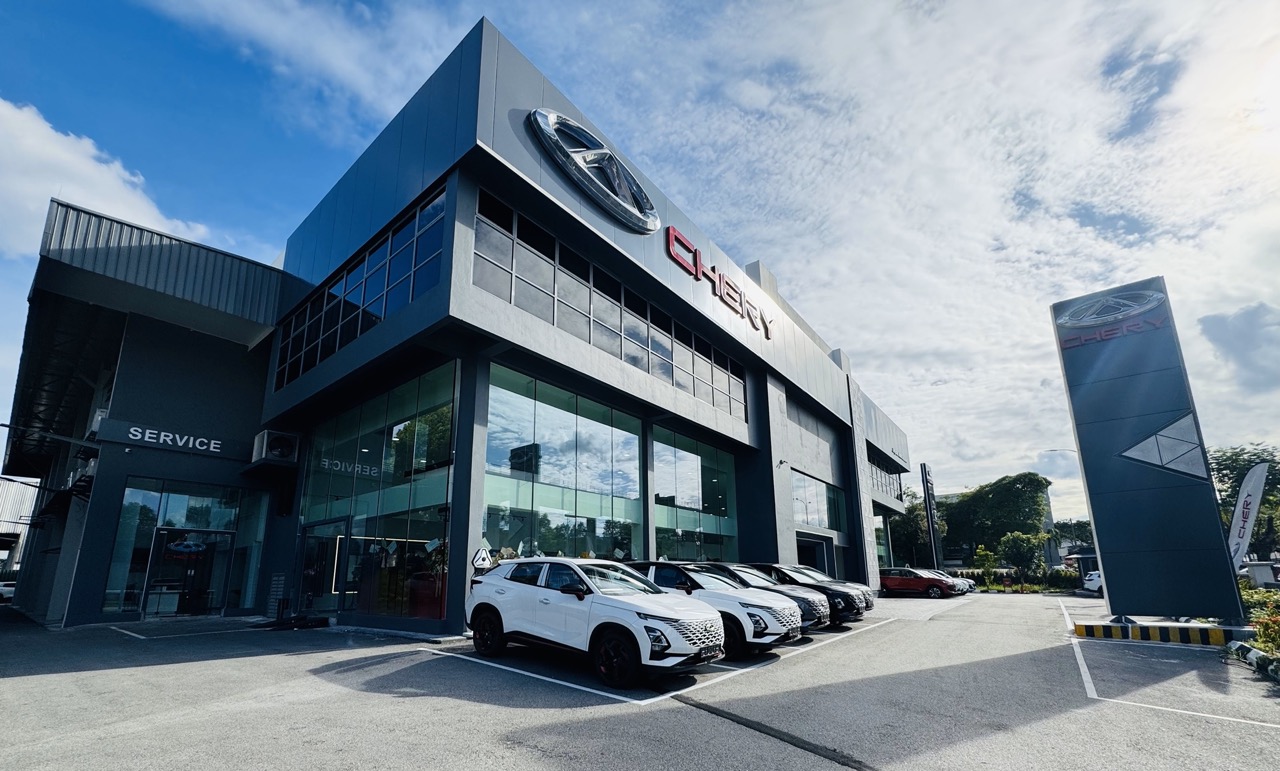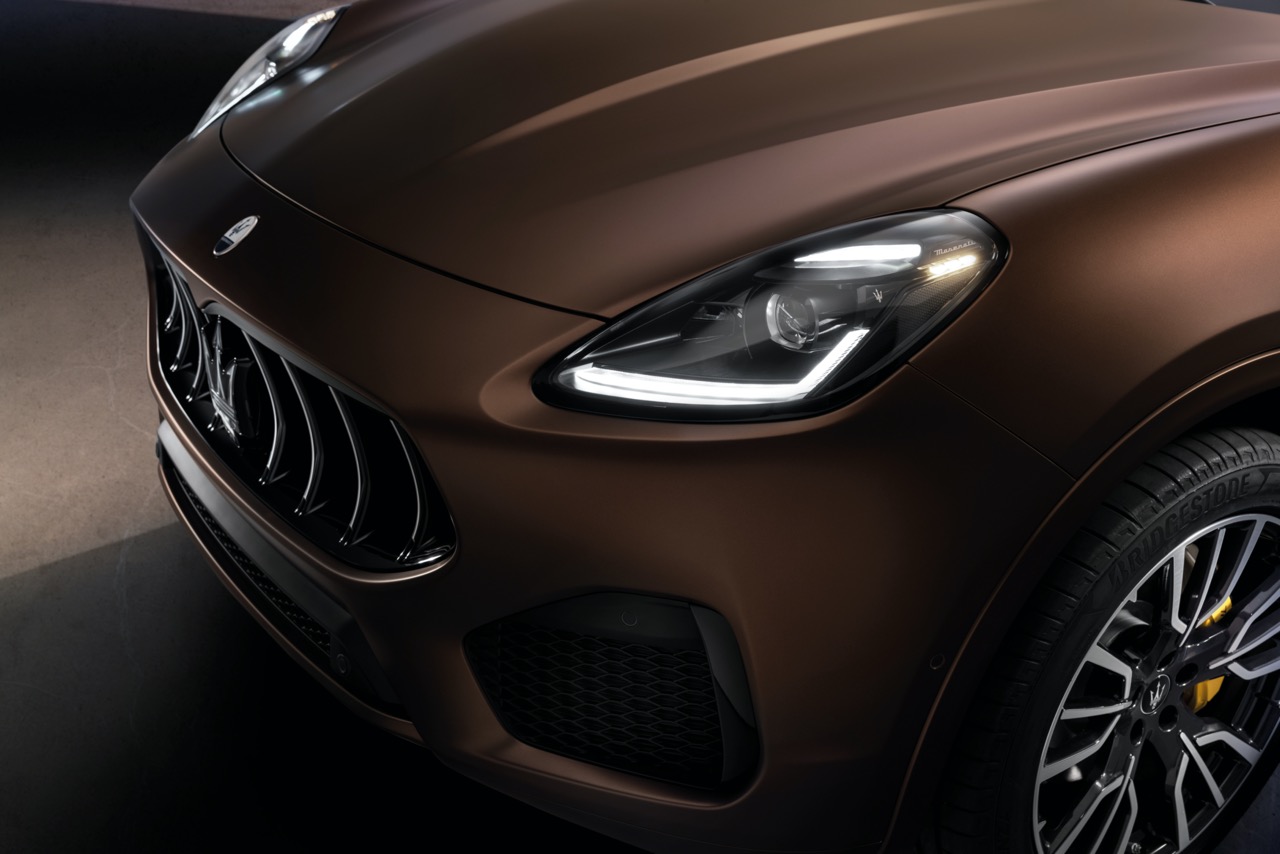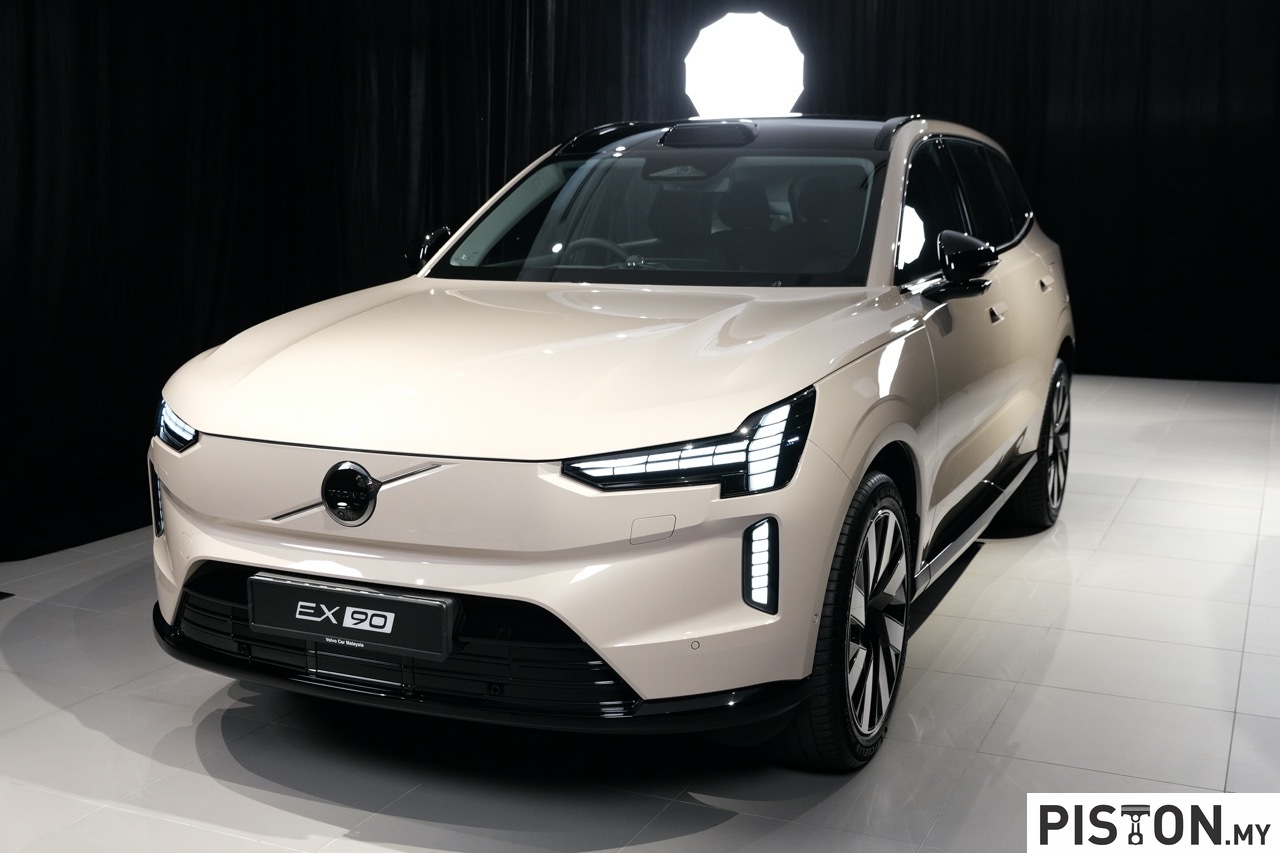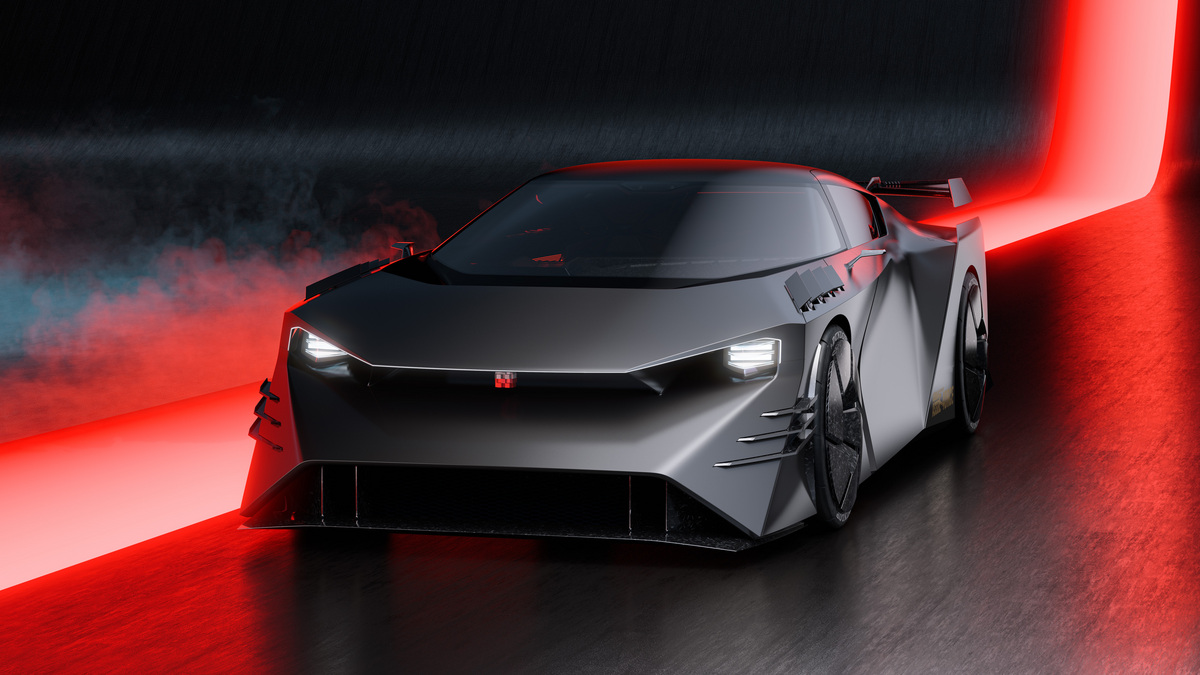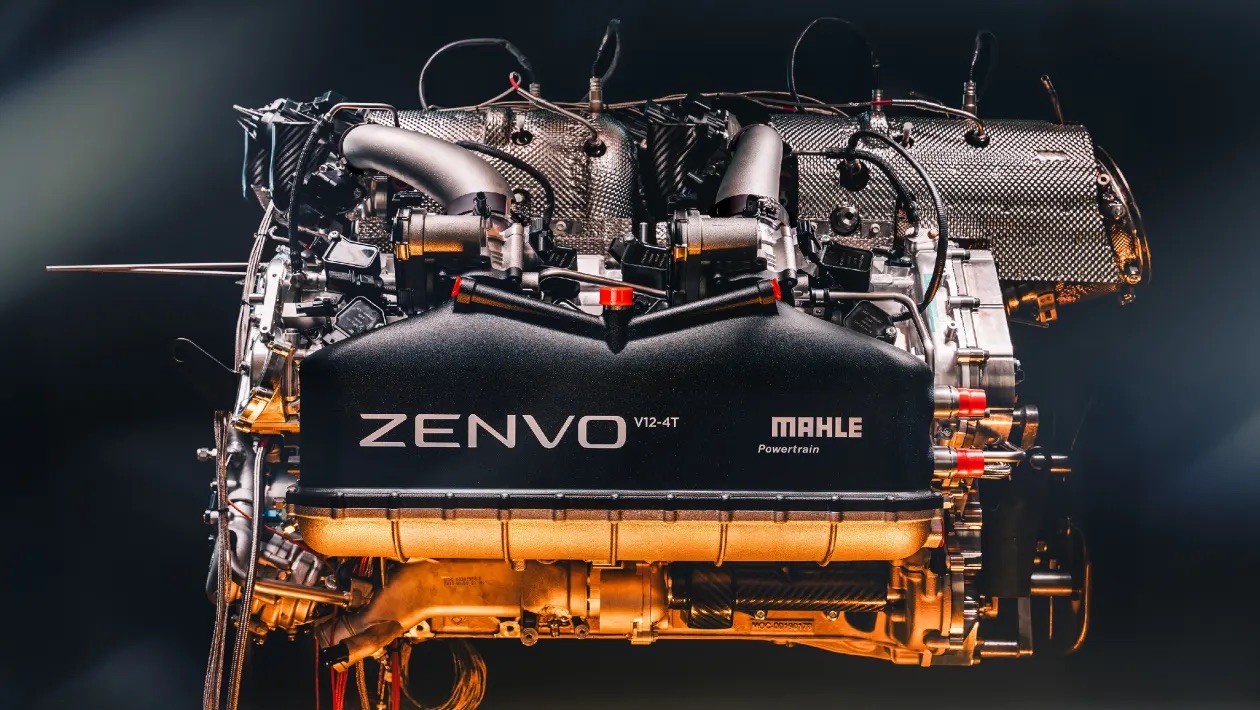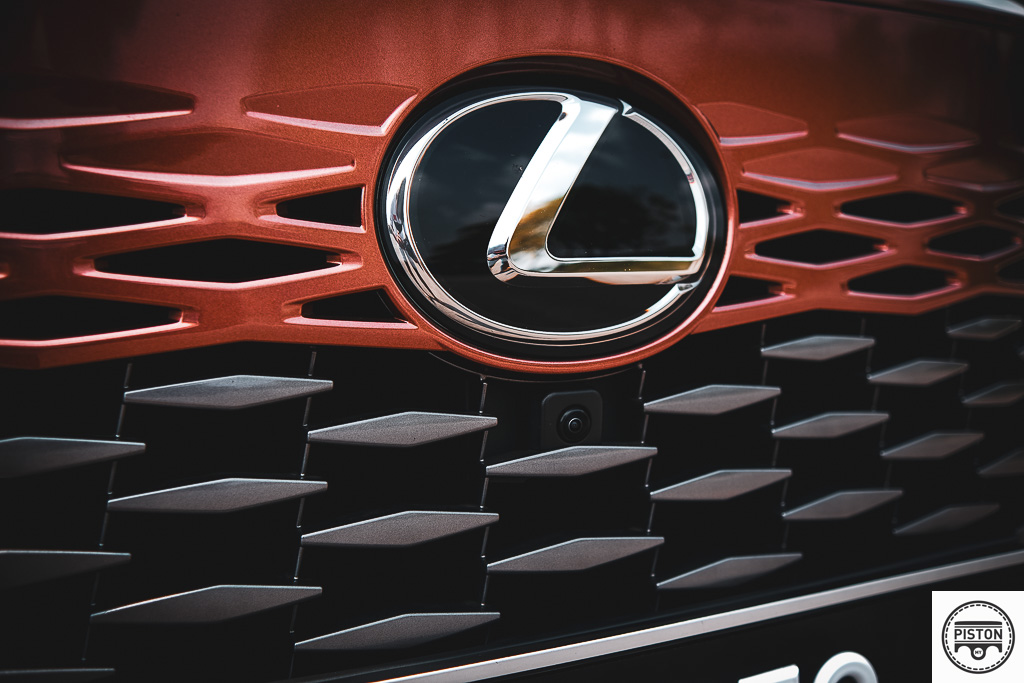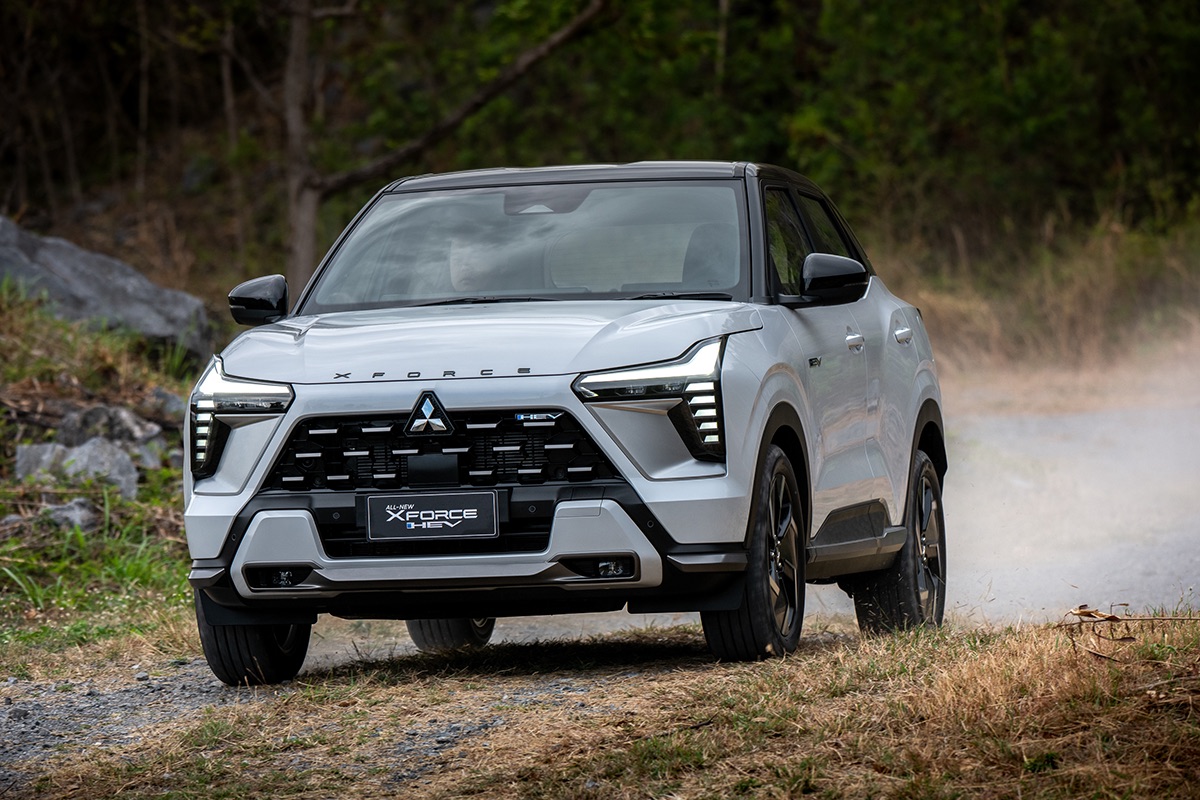When the latest 11th generation Civic Hatchback made its global debut from North America last year, it was mentioned that there would be hybrid (which Honda calls e:HEV) as well as combustion engine powertrains. However, the e:HEV powertrain was primarily intended for the European market to meet Honda’s objective for all European mainstream models to have electrified powertrains by 2022.
The Civic Hatchback e:HEV will be available in Europe from the fourth quarter of this year. It will join the Jazz, CR-V and HR-V in the electrified line-up, while the Honda e is a battery electric model (BEV).
While the Jazz, CR-V and HR-V use 1.5-litre petrol engines with their hybrid powertrains, the new Civic Hatchback has a larger 2-litre direct-injection, Atkinson-cycle engine. The total system output is 135 kW (170 ps) and 315 Nm of torque. Honda engineers have introduced several new elements within its architecture to help achieve a thermal efficiency of 41%, one of the highest figures within the automotive industry for a production roadcar engine. This allows the engine to provide better performance as losses through friction are less.
The two compact electric motors, powered by a 72-cell lithium-ion battery, work together to provide the primary propulsion for the car. The engine is controlled by a new, compact Power Control unit which now sits under the bonnet with the rest of the powertrain. Located under the rear seats is the latest version of Honda’s Intelligent Power Unit (IPU) and whilst smaller and lighter, it benefits from an increased energy density. This system delivers a feeling of instant torque and powerful acceleration whilst still offering outstanding efficiency.
While on the move, the advanced powertrain shifts seamlessly between electric, hybrid and engine-only modes. When each mode is used depends on various factors, but the driver does not make the determination. The computer will consider the battery level, load conditions and speed, and choose the optimum mode to run in. It is possible to run a few kilometres on just electric mode, usually when starting a journey.
And while on the move, the battery is constantly recharged (even during braking or coasting) so there should be no ‘range anxiety’ or the need to search for a charging station. In fact, with the presence of the petrol engine, the operation is just like a normal car with a combustion engine and fuel can be added when necessary. However, with the electric motor doing part of the work, the consumption will be quite low (20 kms/litre claimed).
While the driver cannot control the powertrain modes, he or she can select specific programming for economical, sporty, or normal driving characteristics. The Civic Hatchback also has one more mode not seen in all e:HEV models and that is an Individual mode. This allows separate control of the engine, transmission and meter display and will be appreciated by drivers who want to fine-tune their car’s performance. Central to the e:HEV system is the fixed gear transmission which has been designed to minimize mechanical friction and is controlled by the IPU.
As for styling, the overall appearance follows that of the latest Civic generation with a more dramatic roofline that gives a sleek coupe-like profile. Depending on the variant, the front end may have a different grille (like the RS versions in Malaysia). At the rear where the big differences are, with larger side windows and a new small corner window in the C-pillar to enhance rearward visibility,
The roofline flows downwards to a lightweight composite tailgate (a first for the Civic). Developed using new manufacturing technology, the weight has been reduced by 20% compared with the previous Civic, making it easier to open and close.
The overall height of the car has been reduced by 50 mm by moving the hinge mechanism outwards. The design of the rear lights is different from the sedan’s and the third brake light lens spans nearly the entire width of its hatch, visually emphasizing the Hatchback’s wider rear track.
Compared to the 10th-generation Civic Hatchback, the windscreen pillars have been moved back by around 50 mm while the wheelbase is 35 mm longer and the rear track is 13 mm wider. However, the rear overhang is less which reduces the overall length by 124 mm but Honda says rear legroom is better in this new variant.
With the large opening at the back, additional attention was given to body rigidity. The Civic Hatchback’s structure has 19% better torsional rigidity versus the previous generation. The stiffer structure, with an aluminium front subframe, benefits ride, handling and refinement, with reductions in noise, vibration and harshness augmented with the extensive use of structural adhesives, spray-in foam in the pillars, and additional sound deadening in the firewall and under the floor.
The suspension is shared with the Sedan but Honda mentions chassis updates such as new low-drag front brake calipers, and low-friction front and rear wheel bearings to reduce rolling resistance.
While the latest City Sedan and Hatchback RS have e:HEV powertrains, the new Civic Sedan does not. Whether we get the new Civic Hatchback e:HEV depends very much on whether it is offered in Thailand. Sales of the Civic Hatchback have not been good so there may not be interest offer the new generation.
However, since it uses the same platform as the sedan, Honda might be willing to develop a sedan with e:HEV technology for ASEAN where there should be sufficient volume to justify it. According to Maduko Chujo, Managing Director & CEO of Honda Malaysia, the company is looking at the possibility of offering a hybrid powertrain with the Civic later on. One of the challenges for the company is to get the cost down so the pricing can be more attractive to a larger segment of buyers.
11th generation Honda Civic Sedan arrives in Malaysia, with 1.5-litre turbo engine for entire range




